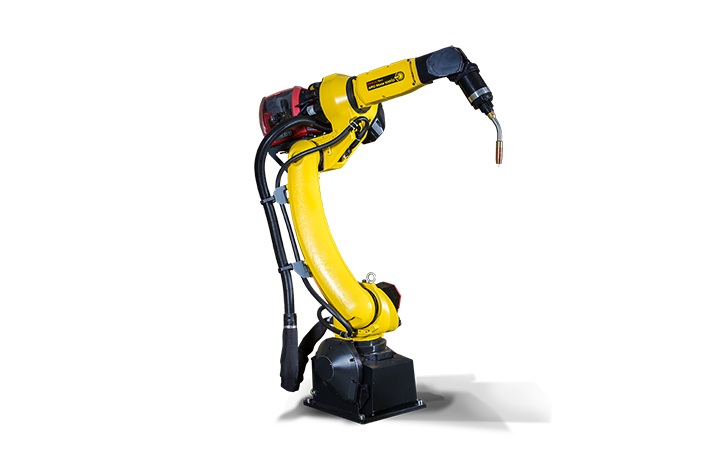
The article highlights how Small and Medium-sized Businesses (SMBs) face distinct challenges in the product design and development lifecycle, particularly compared to larger organizations with access to robust, cloud-based ecosystems. It focuses on how simulation-in-CAD (Computer-Aided Design) tools address these challenges by integrating simulation capabilities directly into the CAD interface. Here’s a breakdown and an expanded perspective:
1. People Challenges in SMBs
- Key Insight: SMBs often require employees to handle multiple roles due to limited resources, leading to skill gaps. Engineers and designers may lack the expertise of specialized simulation experts, causing inefficiencies in workflows.
- How Simulation-in-CAD Helps: These tools allow designers to perform basic simulations within their familiar CAD environment, minimizing the need for additional training or external tools. This seamless integration reduces the back-and-forth between design and simulation experts, ensuring faster iterations and near-optimal designs before reaching CAE specialists.
- Expanded View: This approach democratizes simulation, empowering less experienced team members to contribute effectively. However, fostering a culture of continuous learning and offering workshops on simulation tools can further enhance their utility.
2. Technological Challenges in SMBs
- Key Insight: High-performance computing (HPC) infrastructure is often out of reach for SMBs due to cost constraints. Disparate software and hardware setups can lead to inefficiencies in file management and interoperability.
- How Simulation-in-CAD Helps: By running simplified simulations on standard workstations, SMBs can bypass the need for expensive HPC setups. Integrated workflows also reduce file sharing and human errors, speeding up the development process.
- Expanded View: Cloud-based pay-as-you-go simulation platforms could complement this setup, offering SMBs scalability without significant capital expenditure. Additionally, open-format CAD tools can further reduce compatibility issues.
3. Process Challenges in SMBs
- Key Insight: Disconnected workflows and lack of cross-departmental collaboration can lead to delays, rework, and regulatory non-compliance. Eliyahu Goldratt’s The Goal emphasizes the importance of collaboration in addressing system bottlenecks.
- How Simulation-in-CAD Helps: Real-time simulations during meetings can facilitate cross-departmental collaboration. Teams can iteratively address issues such as manufacturability or regulatory concerns in a single session, significantly improving decision-making efficiency.
- Expanded View: Tools like Siemens NX Performance Predictor extend this capability by integrating with broader ecosystems, paving the way for seamless collaboration even as SMBs scale up.
Future Directions for SMBs
- SMBs should first explore the simulation-in-CAD tools available within their existing CAD licenses to minimize costs and training needs.
- When selecting simulation tools, scalability and compatibility with advanced ecosystems (e.g., Siemens or Autodesk cloud solutions) should be key considerations. This ensures that as SMBs grow, their tools can evolve with them.
Conclusion: Simulation-in-CAD technology offers SMBs a strategic advantage by reducing inefficiencies, fostering collaboration, and streamlining the design-to-production pipeline. For SMBs aiming to remain agile and competitive, investing in these tools, alongside fostering a collaborative and learning-focused workplace culture, can be transformative.
What are your thoughts? Would you like suggestions on specific tools or workflows tailored to your context?






